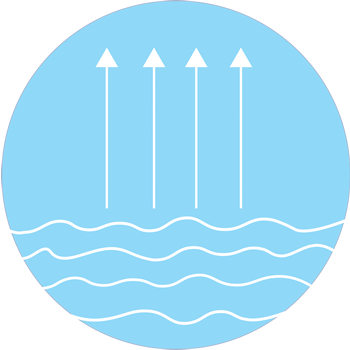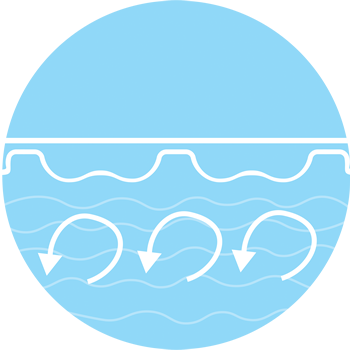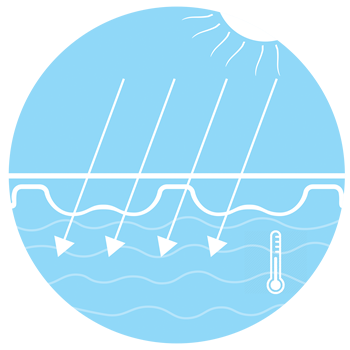Getting the Most Out of Your Sol+Guard™ Cover
If you have just purchased a Sol+Guard™ cover or are looking to start your swimming season as quickly as possible, here is a quick guide to increasing your cover’s performance on your pool, extending its lifespan and reducing the time and money spent on it.
First the basics: ALWAYS keep your pool covered when not in use.
- Prevent evaporation, preserving a resource and preventing 70% of the heat loss from your pool.
- Reduce heat loss thanks to the insulating air cells.
- Increase the temperature of your pool through free solar energy. A Sol+Guard™ cover will reduce the energy consumption of your heater by up to 70%, reducing costs and prolonging your swimming season.
- Prevent dirt and debris entering your pool, thus reducing chemical consumption and time spent maintaining the pool.
The cover can only provide this when on your pool. Once you finished enjoying your pool get the cover reinstalled and reduce costs when the pool is not in use.
Speed up your Solar Gains!
A Sol+Guard™ Cover is highly transmissive and is designed to let as much light into the pool as possible to increase pool temperature by up to 8°C or more. Reaching this temperature does not happen overnight, but setting your filtration to increase convection during the day is a highly effective way to raise temperatures as quickly as possible.
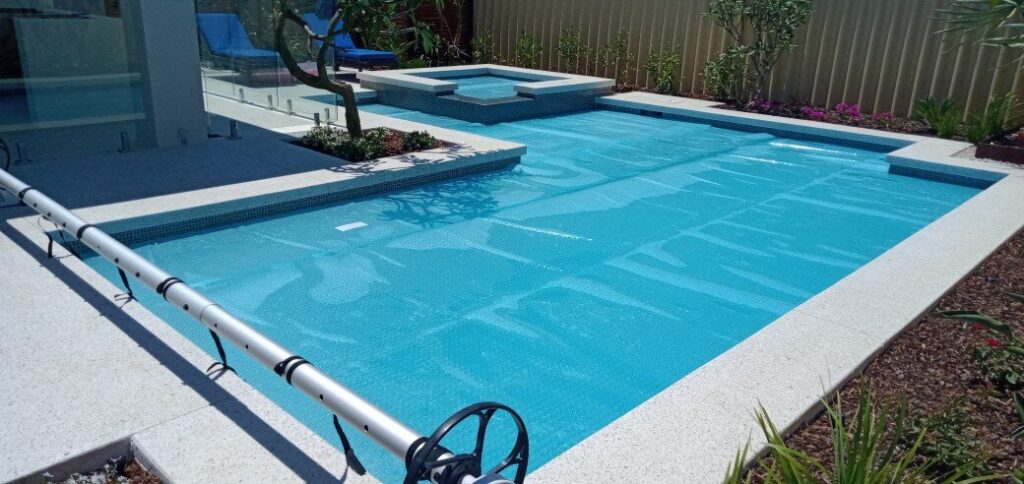
Water absorbs IR radiation far more efficiently than other visible wavelengths. This is why the top of the pool often feels warmer than the bottom when you first get in to swim. Setting your filter to run during the peak of the day moves the water through this IR region, giving the pool’s convection process a kick start.
Save money for longer!
To ensure your cover reaches and exceeds its lifespan there are some simple considerations that can help you get the most of your investment.
The radiation from the sun is composed of varying wavelengths from the electromagnetic spectrum, from UV to IR. The visible spectrum is within this range, and is how the sun provides us with light. Visible light however, is not the main reason for heating up a pool. Very little of the visible wavelengths are absorbed (hence why we can see the bottom of a pool), the near-IR wavelengths are absorbed by the water in the pool more efficiently, heating it up.
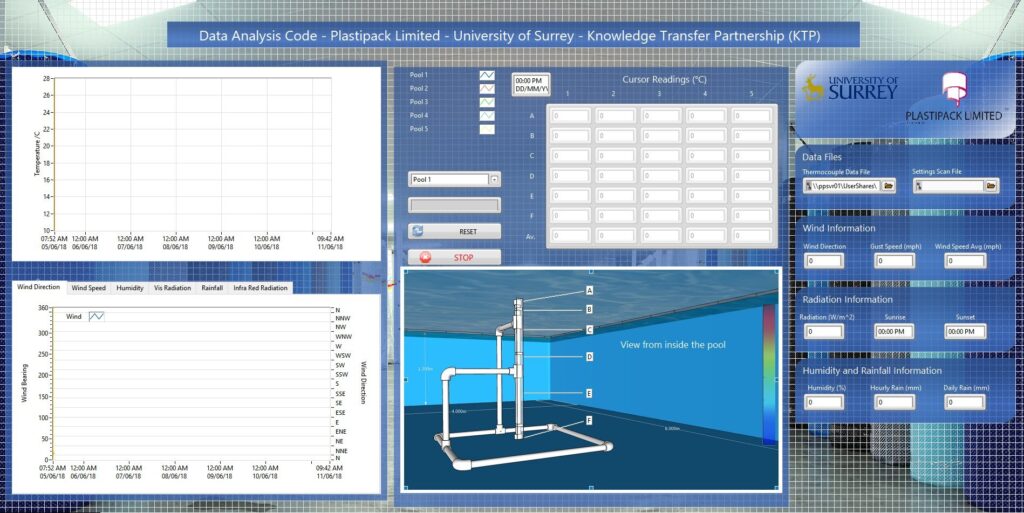
Our Sol+Guard™ material was designed to allow as much of these wavelengths to pass through into the pool as possible. At our Pool Testing Facility, we have thermocouples placed at varying depths within the test pools. Sol+Guard™’s high transmissibility is evident, the range of temperatures minimal as you compare the temperatures at the surface and bottom of each respective pool.
Balance is everything
Always remove the cover when shock dosing the pool or when the pool has fallen out of balance. This both protects your cover from unnecessary exposure to extreme chemical levels but also improve the efficiency of shock dosing.
Only return the cover to the pool when chemical levels have returned to industry recognised balance. This will prolong the life of your cover, reduce costs, and keep your pool clear and sparkling.
When off the pool always use a reflective storage sheet to protect your cover. Sol+Guard™ is designed to allow solar energy through the material and retain that heat. When left exposed on a reel system the temperature within the material increases dramatically. By covering with a reflective storage sheet, you protect the cover from harm and maintain its aesthetics.
Enjoy your pool
A high-performance Guard product such as Sol+Guard™ has a pro rata manufacturer’s warranty of 8 years and expected life span of 8 years plus. The cover’s unique properties are tailored and tested to return the cost of the cover within a year of use.
Following the tips above will allow you to get the most from your cover throughout its functional lifespan. When the time does come to dispose of your cover, remember that the material is made from LDPE and can be recycled, becoming new products and preventing unnecessary waste once it has finished saving you energy and costs on your pool.
What is meant by a balanced pool?
Salt
Stabiliser
Free Chlorine
Combined Chlorine
Total Chlorine
Total Bromine
Ph
Alkalinity
2500 – 4000
depends on chlorine demand
2.0 – 4.0ppm
<0.2ppm
TC=FC+CC
4.0-6.0
7.2 – 7.8ph
80 – 120ppm
Calcium Hardness
Total dissolved solids
Phospates
Heavy metals
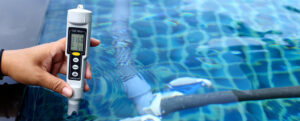
150 – 400ppm
<2000ppm
as little as possible
as little as possible
